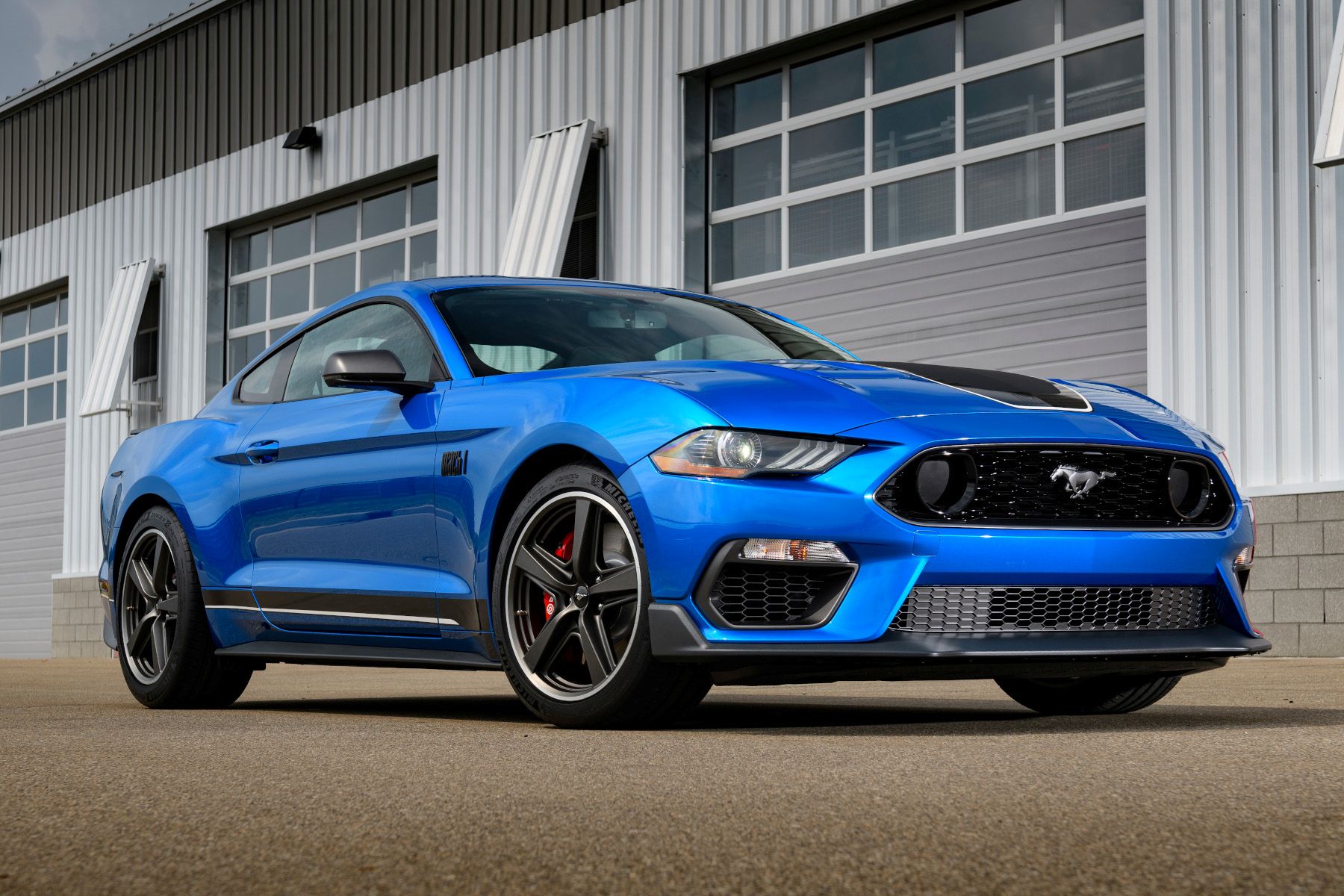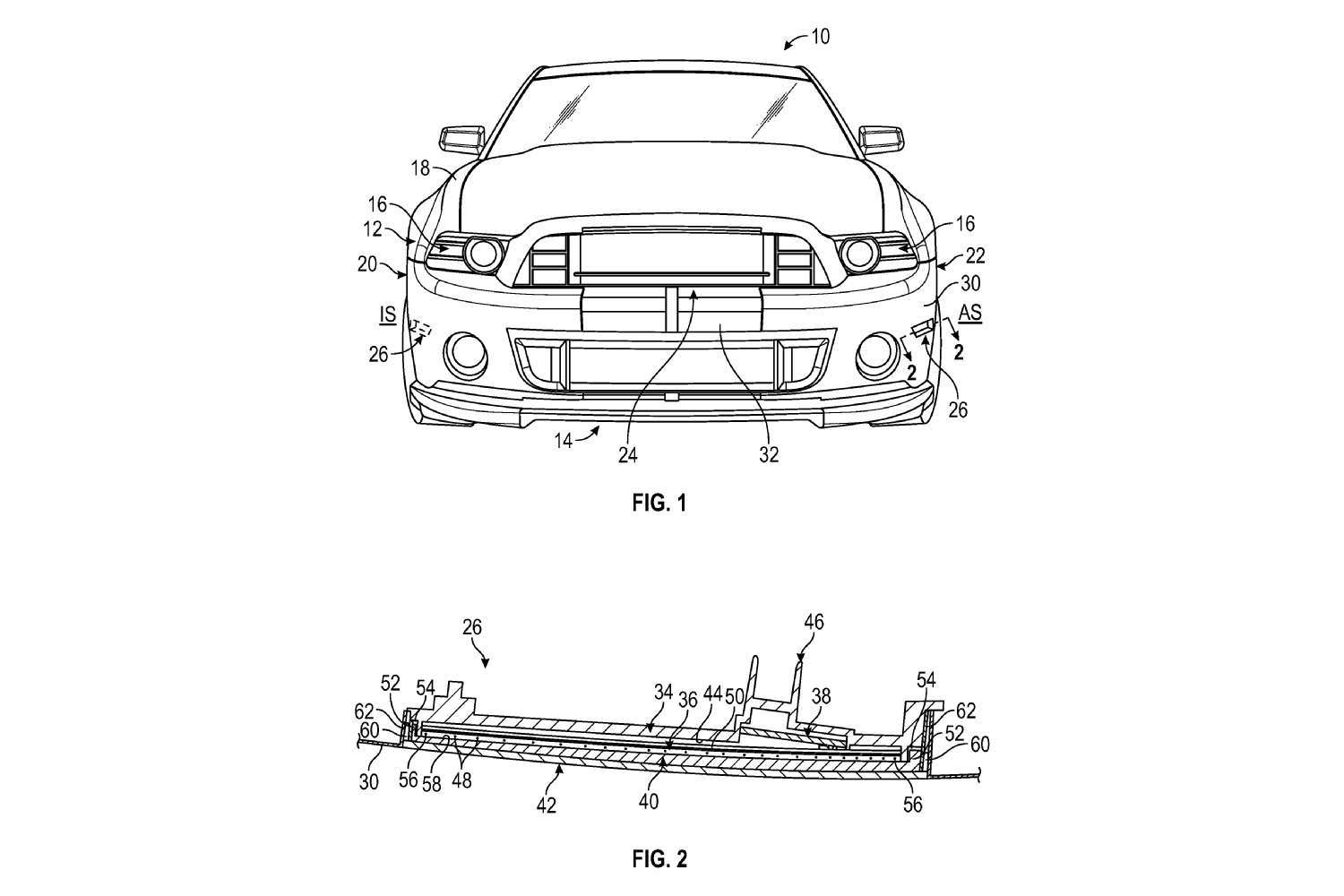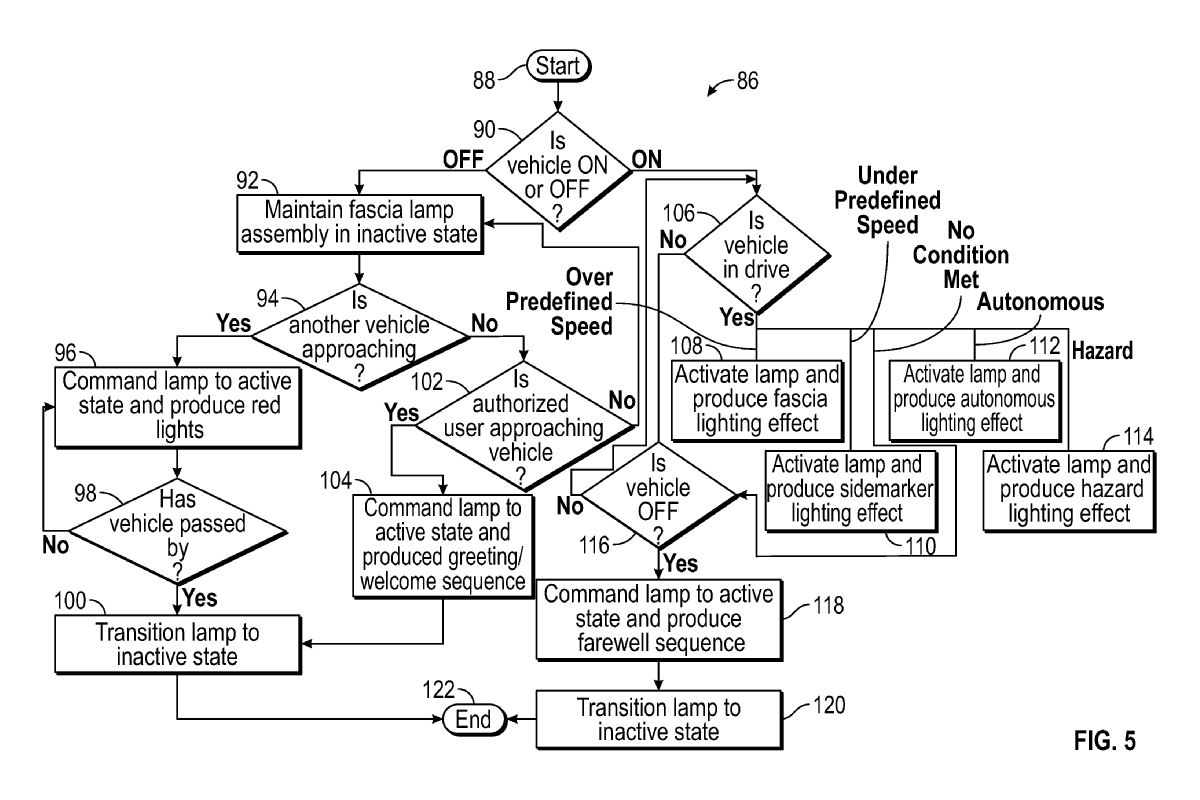
Ford has developed a way to hide unsightly auxiliary lamps like fog lights and spotlights with new self-hiding light clusters that can show or hide lighting depending on your needs. Effectively, it's like buying a new Mustang Mach 1 and having functioning spotlights hidden behind the panels in the grille that can appear and disappear as needed. That's according to a patent unearthed by CarBuzz at the US Patent and Trademark Office (USPTO).
According to this patent, fog, side marker, and parking lights may soon be integrated into a single unit and will only become visible as needed. As far as recent front lighting trends go, this is a surprisingly subtle approach, but it will modernize future Fords quite nicely. As a bonus, these intelligent lighting units will be more functional than conventional designs.
The technology in this patent isn't exactly new and revolves around conductive shield panels, which can turn opaque or transparent as needed and can also emit light with colors and intensities depending on the operating conditions. BMW has coined a similar bit of tech for headlights that disappear into the grille while Audi also looked at similar technology.
The integrated conductive inner lens can be composed of various sections, which can be connected to various light sources. These light sources will typically be LEDs in either single- or multi-color forms, integrated or otherwise optically linked to the inner lens.
The clever bit is that these shield panels have inner lenses that can become completely opaque and only transmit the light created in the panel itself, or they can become completely transparent to allow light from the separate fog light behind the shield to shine through unimpeded. This is most likely achieved with electrochromic lens coating technology, which enables varying light transmissibility through the coating.
Special paint, most likely laser-etched, can also be applied to the light units' outer lenses, allowing light to pass through when the light units are active, but remain unobtrusively body-colored when no light is emitted from the light units or the fog lights behind them.
Alternatively, the integrated light emitters in these units can change their light emittance color to match that of the front bumper to become substantially invisible in their inactive state, while their active state will have them emit light in various colors and intensities to fulfill different roles.
Functionality is improved because single light units can perform multiple functions, such as side marker lights, parking lights, cornering lights, and follow-me-home illumination.
The light units can also indicate to the outside whether the vehicle is switched on or off, change intensity and color to give an indication of the vehicle's speed or direction of travel, and even show whether the vehicle is moving with its driver assistance systems in operation.
Finally, in the event of a collision, the entire light unit can turn into a bright and oversized amber or red blinker to give an improved warning to other road users. Warning triangle shapes can also be projected on the conductive lenses to drive the message home further.
These are the clever, comparatively simple, and useful innovations the automobile needs going forward, and Ford's solution to future requirements demonstrates that it doesn't always have to involve over-the-top LED arrays.



